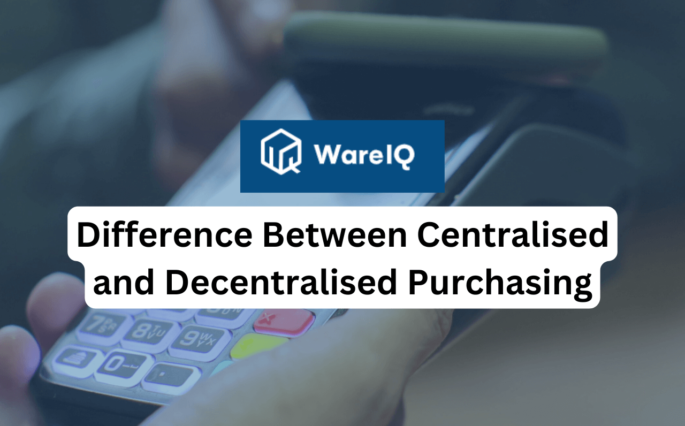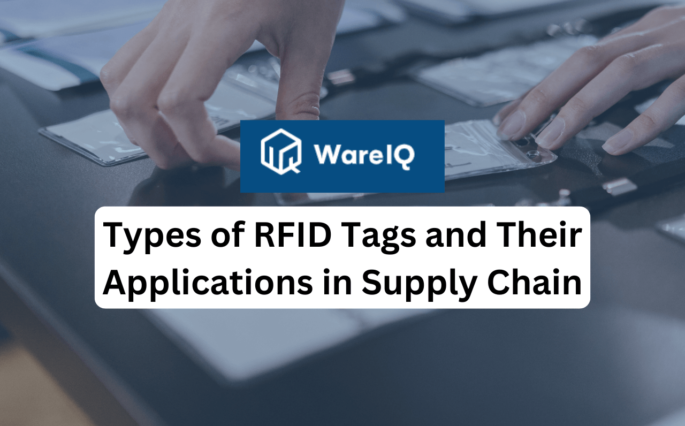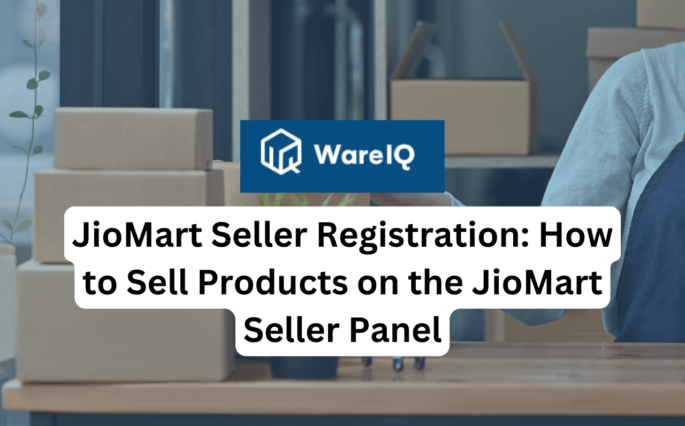Mastering Fulfilment: A Comprehensive Fulfillment Report Guide


38% of online shoppers will leave their order if the delivery takes longer than a week, according to a report by Econsultancy. Order fulfillment is a critical step to drive customer satisfaction and business development. Irrespective of product quality and brand value, how swiftly D2C brands conduct fulfillment ultimately defines their future in this digital era. Customers don’t think twice about moving to another brand if D2C brands show slack performance in delivering products on time.
Enabling efficient order fulfillment can be the most significant opportunity for retailers to mark their presence and stand out from the competition in a problematic era. To do so, one needs to understand what fulfillment is.
What is Fulfillment?
Order fulfillment involves receiving orders, managing inventory, packing, shipping, overseeing quick delivery and handling returns. The end goal is to achieve accurate and timely delivery of an item. As simple as it seems, fulfilling orders is an arduous task because of factors that D2C brands have no direct control over. However, D2C brands must make the process as efficient as possible using strategies, employment automation and technology tools. This blogs discusses what is fulfillment, in depth. Some of the ways to make fulfillment efficient are discussed below.
Why Strategic Order Fulfillment?
D2C brands aspiring to stay ahead must approach order fulfillment strategically. They must find a way to quantify every metric, from customer satisfaction to order delivery strategies, to make the completion efficient at every step. These outcomes are
- Better customer service and insights into improving customer service
- Reduced shipping and operational costs.
- Better control over inventory.
- Discovering new business opportunities.
- Streamlining the revenue inflows
- Improved customer retention rates.
Common Challenges in Order Fulfillment
In order to understand better what fulfillment is, we need to understand the challenges of this space. There needs to be more than an intention to serve customers to improve order fulfillment. There are many challenges from third parties, logistics companies, and delivery systems that D2C companies need more control over. But they affect satisfaction significantly.
Inventory Management
Inventory systems are the most overlooked parts of D2C brands. 43% of small businesses managed to pay more attention to inventory management. Untimely stockouts, lack of human resources during order surges, restocking delays, and broken supply chains ultimately make the end user suffer– the customer.
Employing inventory tracking software and ordering systems makes inventory management accountable if imperfect. When there is a delay, D2C brands can inform their costumes about the possible delay.
Poor Communication
Lack of communication with suppliers, staff and customers is one of the bottlenecks to efficient order fulfillment. However, manual intervention is not the solution. D2C brands must prioritize automation software for order tracking and inventory tracking. By staying in touch with suppliers and staff, D2C brands must ensure stock levels are up and ready at any point.
Lack of Automation
Automation is crucial in this digital era. As mentioned, manual intervention always comes with the possibility of error, from order systems to inventory management to order tracking. Incorrectly recorded orders eat out valuable business time while upsetting the customers. So are anomalies in inventory management. Employing automation tools for order tracking ensures transparency in the order delivery process for both the customer and the vendor.
International Orders
When international shipments come up, packing and shipping are subject to extra customs laws and rules. Without awareness, orders bounce back, and companies wonder why. Ultimately, the customer suffers the delays. So get acquainted with shipping laws of overseas countries for effective order fulfillment.
Strategies for Mastering Fulfillment
With the help of effective strategies, D2C brands can reinforce their e-commerce fulfillment process to derive maximum revenues and increase their customer base. Every business and D2C brand must interpret them for their capacity and circumstance.
Monitoring Key Performance Metrics
Though the e-commerce fulfillment process doesn’t lend itself to direct quantifiable factors, many intangible metrics like order accuracy, delivery times and customer satisfaction exist. D2C companies have tried measuring these metrics to determine the efficiency of their fulfillment process. If necessary, to scale up.
Customer Satisfaction: Customer reviews are essential feedback to check anomalies in the fulfillment process and measure customer satisfaction. A high number of positive reviews means high customer satisfaction.
While customers with high satisfaction always leave positive reviews, D2C brands must not ignore negative reviews. Despite mistakes, customers are likelier to stay loyal to brands that practice accountability. When customers report negative feedback over delivery anomalies, respond to grievances and act on them without fail.
Delivery Times: With the help of automated order tracking software, track delivery times to ensure that the order reaches the customer as expected. Depending on the scale of a D2C brand, many 3PL companies provide order-tracking management software. Outsourcing them is also a good idea to ensure efficient fulfillment.
Order Accuracy: Order accuracy means ensuring customers receive the exact item they order. Order inaccuracies also contain damaged goods. Order accuracy ultimately decides the success of fulfillment.
Order inaccuracy often occurs due to poor inventory management, lack of efficient personnel, and inventory management software. Stockouts and incorrect replenishment lead to mispicks. 34% of businesses need help with the unavailable inventory. The solution is to onboard software to monitor and manage the list.
If 3PLs are involved, D2C vendors must deliberate thoroughly with their 3PL partners regarding shipping methods and transportation systems to ensure they do not damage the shipments.
Strong Relationships with Suppliers and Shipping Partners
Simply outsourcing 3PL partners and suppliers will not win the game of order fulfillment. D2C companies must prioritize building close relationships with them to gain more transparency and control over the delivery process and inventory management because human emotions ultimately win over agreement documents.
The delivery process goes totally under the control of carriers, once the order is shipped. Only strong relationships shall help you secure better shipping rates and delivery speeds in adverse times. For example, when you have to restock your inventory or communicate with 3PL partners to speed delivery, priority will always be given to your products.
Offer Incentives: They ensure that your inventory is quickly filled. Similarly, by offering long-term contracts and better incentives, D2C brands can appease their 3PL partners to achieve fast delivery times. Shorter delivery times ultimately result in cemented customer relationships in the long run.
Integrate Inventory Process: Companies must select the correct delivery partner to integrate seamlessly with their e-commerce platform. Besides reducing manual entry and streamlining order fulfillment, it provides a peek into supplier stock levels. During surge times, companies can forecast stock fillups.
Prioritise Customer Service
D2C brands must invest in having separate customer service teams that stay in touch with customers throughout the order fulfillment process. This also involves regularly updating customers, providing delivery dates, and practising accountability till an order reaches customers. Effectively conducting these steps is only possible with a separate team.
Communicate Delivery Times: The team must communicate shipping and returns policies, standard delivery times, and accountability in case of delays. A quarter (24%) of online shoppers say they would abandon an order if no delivery date is provided. Active efforts to update customers regarding their orders are surefire ways to increase customer loyalty. The pressure is even more for D2C brands to leave an impression on their customers and make them return.
D2C brands that take accountability for granted lose their steam in no time and disappear out of competition with no warning.
Bettering Inventory Management
Understanding better what fulfillment is, may also lead to better inventory management. Improper inventory management comes at every step of order fulfillment, whether stockouts, delayed restocking or delivery times. Managing stock levels can save up to 10% on inventory costs. Order inaccuracies are directly dependent on efficient inventory management. D2C brands must do everything possible to stay on top of inventory management problems.
If they arise, efficient backup processes are needed to contain them.
Set a separate inventory management team, reorder points, and software for regular inventory counts and stockout indications. Forecast order surges for warehouse organization.
Some other factors influencing Order fulfillment are:
1. Understanding shipping methods to gain control over the actual process.
2. Choosing the right delivery partner.
3. Accurately calculating shipping costs.
4. Offering multiple shipping options.
5. Monitor and update shipping strategies as and when required.
Conclusion
Order fulfilment is a crucial step in achieving high customer satisfaction. D2C brands that seek to make the maximum out of this must approach order fulfilment strategically. Prioritizing customer service, streamlining inventory management, building close relationships with delivery partners and suppliers, and measuring performance metrics are some of the best strategies in this direction.
However, each business is different. Each brand is the other. So, each D2C brand has to interpret what these strategies mean for their product and customer base. As mentioned, no matter the quality of the product and brand value, it’s how you serve order fulfilment that ultimately determines the future of your business. Such was an in-depth dive about what fulfillment is.
FAQs
What is fulfilment in e-commerce?
Fulfilment or order fulfilment refers to a series of steps from receiving orders to delivering the item successfully to the customer. This involves managing inventory, order accuracy, packing, shipping, and final delivery. Partnering with shipping carriers, communicating with them, and sending regular customer updates are crucial touchpoints for successful order fulfilment. Order fulfilment is an essential strategy that drives business growth and customer retention.
What are the steps in e-commerce order fulfilment?
There are seven steps in e-commerce order fulfilment:
1. Receiving orders
2. Storing inventory
3. Order processing
4. Picking order items.
5. Packing
6. Shipping
7. Processing returns
However, these steps and underlying processes vary for every business to achieve optimal working.
What is fulfillment order report example?
A customer places an order with your company through an e-commerce interface. The order fulfilment team receives the details and checks with the inventory teams. They receive the order item from the inventory managing team, pack, add shipping label and return policy. Now, the order pack is shipped to the customer’s address.
What is the difference between order fulfilment and shipping?
While order fulfilment refers to steps, shipping is part of order fulfilment. While shipping is transporting the ordered items to customers, satisfaction ensures that customers receive the ordered items with no delays or inaccuracies. The method of fulfilment starts from the point of receiving the order.







